Awọn ọja
-
![[HTE] Giga Elongation ED Ejò bankanje](https://cdn.globalso.com/civen-inc/HTE-High-Elongation-ED-Copper-Foil.png)
[HTE] Giga Elongation ED Ejò bankanje
HTE, ga otutu ati elongation Ejò bankanje yi nipasẹCIVEN irinni o tayọ resistance si ga awọn iwọn otutu ati ki o ga ductility. Awọn bankanje Ejò ko ni oxidize tabi yi awọ pada ni awọn iwọn otutu giga, ati pe ductility ti o dara jẹ ki o rọrun lati laminate pẹlu awọn ohun elo miiran. Bakanna Ejò ti iṣelọpọ nipasẹ ilana eletiriki ni oju ti o mọ pupọ ati apẹrẹ dì alapin. Awọn bankanje Ejò funrara rẹ jẹ roughened ni ẹgbẹ kan, eyiti o jẹ ki o rọrun lati faramọ awọn ohun elo miiran. Iwa mimọ ti bankanje bàbà jẹ giga pupọ, ati pe o ni itanna to dara julọ ati adaṣe igbona. Ni ibere lati pade awọn iwulo ti awọn onibara wa, a le pese kii ṣe awọn iyipo ti bankanje bàbà, ṣugbọn tun awọn iṣẹ slicing ti adani.
-
![[BCF] Batiri ED Ejò bankanje](https://cdn.globalso.com/civen-inc/BCF-Battery-ED-Copper-Foil1.png)
[BCF] Batiri ED Ejò bankanje
BCF, batiri Ejò bankanje fun awọn batiri ni a Ejò bankanje ni idagbasoke ati yi niCIVEN irin pataki fun ile-iṣẹ iṣelọpọ batiri litiumu. Iwe bankanje bàbà elekitiroti yii ni awọn anfani ti mimọ giga, awọn impurities kekere, ipari dada ti o dara, dada alapin, ẹdọfu aṣọ, ati ibora irọrun. Pẹlu mimọ ti o ga julọ ati hydrophilic ti o dara julọ, bankanje bàbà elekitiroti fun awọn batiri le mu idiyele ati awọn akoko idasilẹ pọ ni imunadoko ati fa igbesi aye igbesi-aye ti awọn batiri naa pọ si. Ni akoko kan naa,CIVEN irin le pin ni ibamu si awọn ibeere alabara lati pade awọn iwulo ohun elo alabara fun awọn ọja batiri oriṣiriṣi.
-
![[VLP] Profaili Kekere pupọ ED Ejò bankanje](https://cdn.globalso.com/civen-inc/VLP-Very-Low-Profile-ED-Copper-Foil.png)
[VLP] Profaili Kekere pupọ ED Ejò bankanje
VLP, pupọkekere profaili electrolytic Ejò bankanje yi nipasẹCIVEN irin ni o ni awọn abuda kan ti kekere roughness ati ki o ga Peeli agbara. Bakanna Ejò ti iṣelọpọ nipasẹ ilana eletiriki ni awọn anfani ti mimọ giga, awọn impurities kekere, dada didan, apẹrẹ igbimọ alapin, ati iwọn nla. Awọn electrolytic Ejò bankanje le ti wa ni dara laminated pẹlu awọn ohun elo miiran lẹhin roughening lori ọkan ẹgbẹ, ati awọn ti o jẹ ko rorun lati Peeli pa.
-
![[RTF] Yiyipada ED Ejò bankanje](https://cdn.globalso.com/civen-inc/RTF-Reverse-Treated-ED-Copper-Foil.png)
[RTF] Yiyipada ED Ejò bankanje
RTF, rayerayemubankanje bàbà electrolytic ni a Ejò bankanje ti o ti a roughened si orisirisi awọn iwọn ni ẹgbẹ mejeeji. Eyi ṣe okunkun agbara peeli ti awọn ẹgbẹ mejeeji ti bankanje bàbà, ṣiṣe ki o rọrun lati lo bi Layer agbedemeji fun sisopọ si awọn ohun elo miiran. Pẹlupẹlu, awọn ipele oriṣiriṣi ti itọju ni ẹgbẹ mejeeji ti bankanje bàbà jẹ ki o rọrun lati etch ẹgbẹ tinrin ti Layer roughened. Ninu ilana ti ṣiṣe igbimọ Circuit ti a tẹjade (PCB), ẹgbẹ ti a tọju ti bàbà ni a lo si ohun elo dielectric. Ẹgbẹ ilu ti a ṣe itọju jẹ rougher ju apa keji, eyiti o jẹ ifaramọ nla si dielectric. Eleyi jẹ akọkọ anfani lori boṣewa electrolytic Ejò. Awọn ẹgbẹ matte ko nilo eyikeyi darí tabi itọju kemikali ṣaaju si ohun elo ti photoresist. O ti wa ni inira to lati ni ti o dara laminating koju adhesion.
-
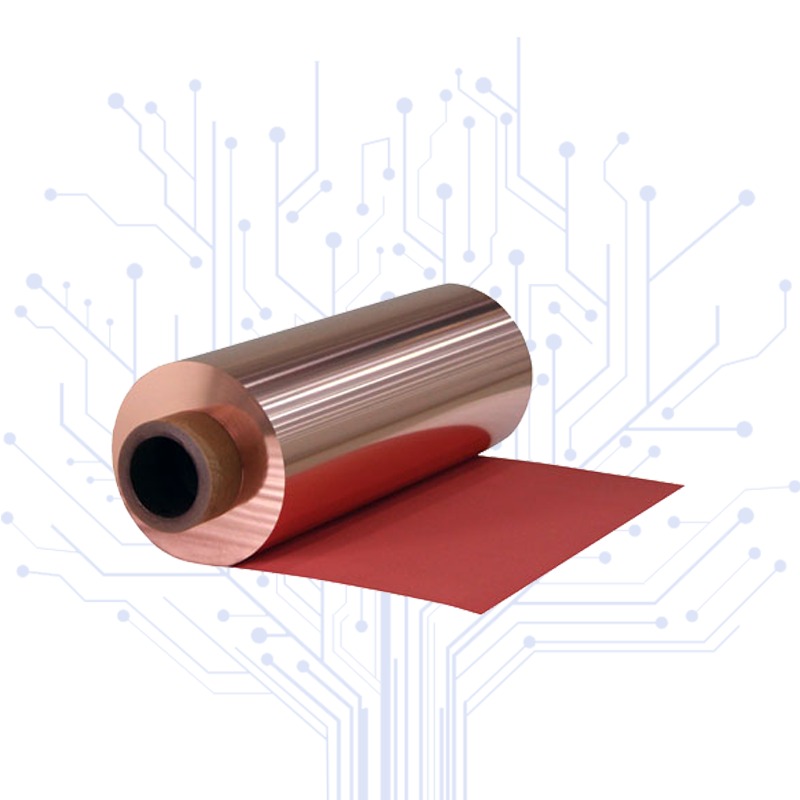
ED Ejò Foils fun FPC
FCF, rọEjò bankanje ti wa ni Pataki ti ni idagbasoke ati ti ṣelọpọ fun awọn FPC ile ise (FCCL). Eleyi electrolytic Ejò bankanje ni o ni dara ductility, kekere roughness ati ki o dara Peeli agbara jumiiran Ejò bankanjes. Ni akoko kanna, awọn dada pari ati fineness ti awọn Ejò bankanje jẹ dara ati awọn kika resistance jẹpeludara ju iru Ejò bankanje awọn ọja. Niwọn igba ti bankanje bàbà yii da lori ilana elekitiroti, ko ni girisi, eyiti o jẹ ki o rọrun lati ni idapo pẹlu awọn ohun elo TPI ni awọn iwọn otutu giga.
-
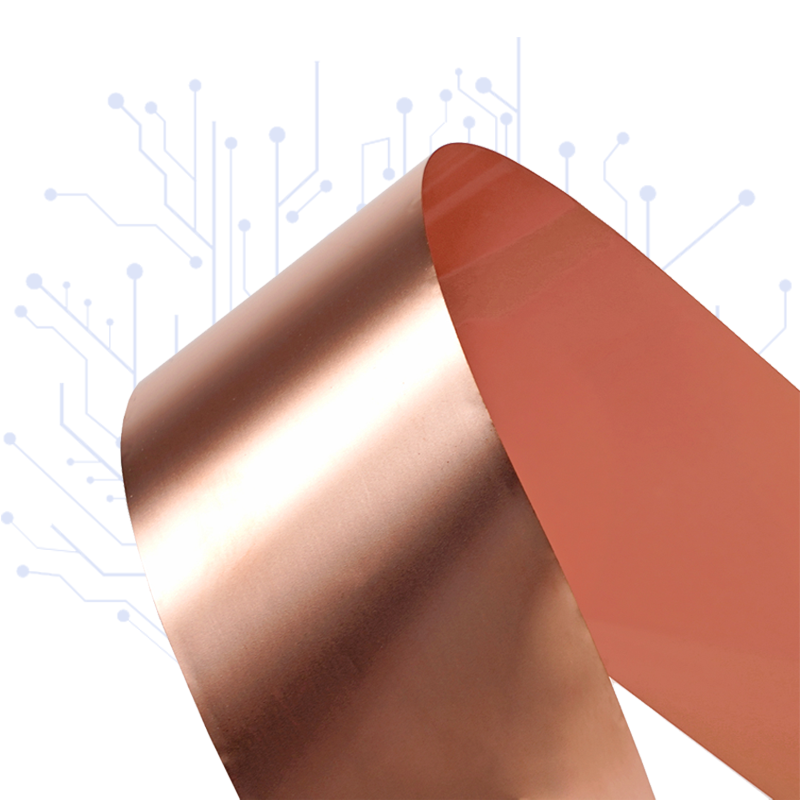
Dabobo ED Ejò Foils
STD boṣewa Ejò bankanje yi nipasẹCIVEN irin ko nikan ni o ni itanna elekitiriki ti o dara nitori ti awọn ga ti nw ti Ejò, sugbon tun jẹ rorun lati etch ati ki o le fe ni dabobo itanna awọn ifihan agbara ati makirowefu kikọlu. Ilana iṣelọpọ electrolytic ngbanilaaye fun iwọn ti o pọju ti awọn mita 1.2 tabi diẹ sii, gbigba fun awọn ohun elo ti o rọ ni ọpọlọpọ awọn aaye. Fọọmu bàbà funrararẹ ni apẹrẹ alapin pupọ ati pe o le ṣe apẹrẹ daradara si awọn ohun elo miiran. Bakanna Ejò tun jẹ sooro si ifoyina iwọn otutu giga ati ipata, ti o jẹ ki o dara fun lilo ni awọn agbegbe lile tabi fun awọn ọja pẹlu awọn ibeere igbesi aye ohun elo to muna.
-
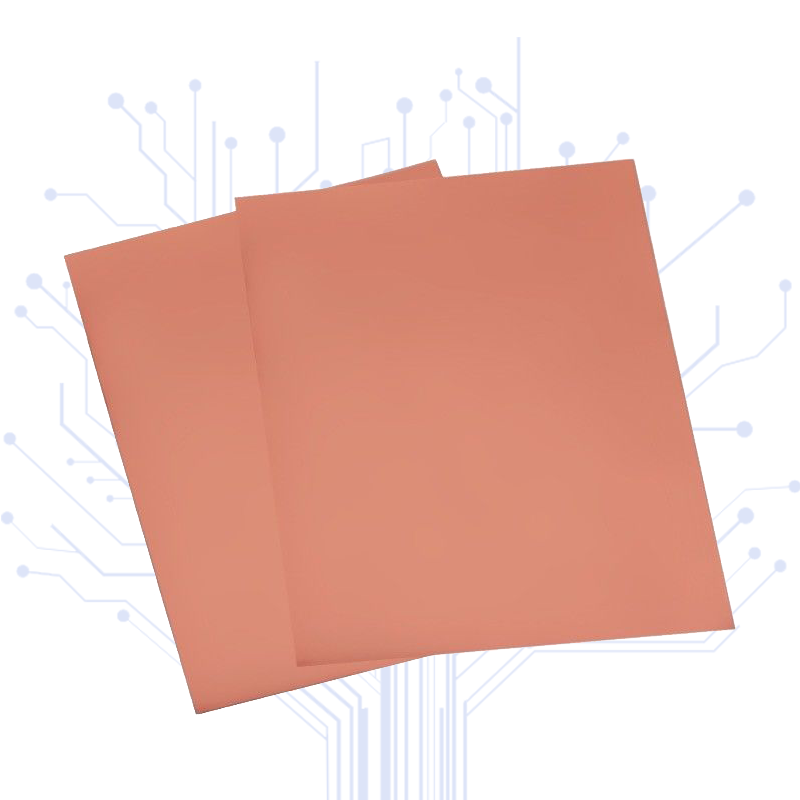
Super Nipọn ED Ejò Foils
Awọn olekenka-nipọn kekere-profaili electrolytic Ejò bankanje yi nipasẹCIVEN irin jẹ ko nikan asefara ni awọn ofin ti Ejò bankanje sisanra, sugbon tun ẹya kekere roughness ati ki o ga Iyapa agbara, ati awọn ti o ni inira dada ni ko rorun latiṣubu lulú. A tun le pese iṣẹ slicing ni ibamu si awọn ibeere awọn alabara.
-
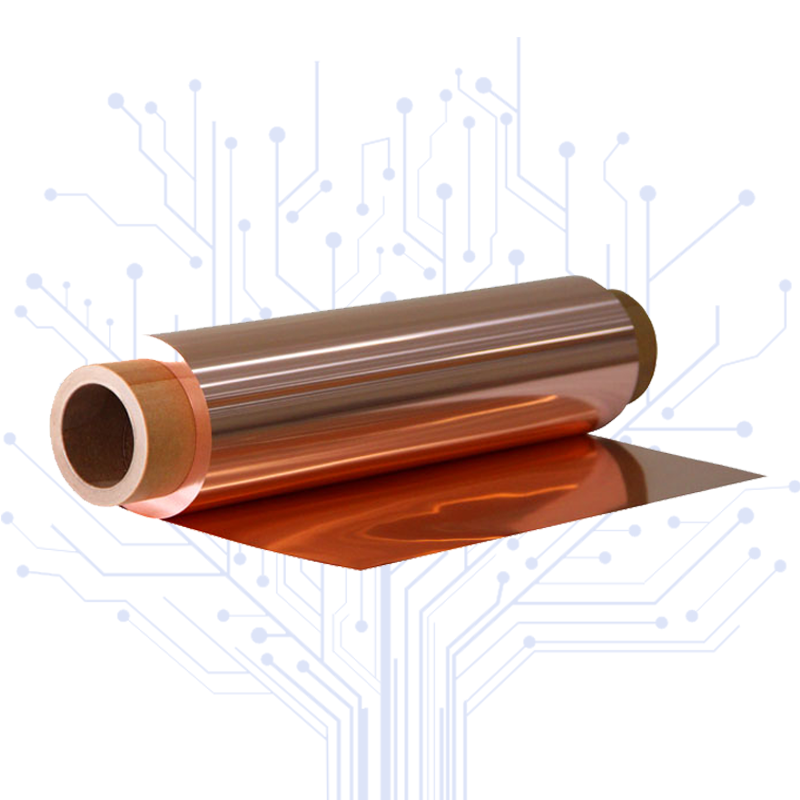
Ga-konge RA Ejò bankanje
Faili bàbà ti yiyi to ga julọ jẹ ohun elo ti o ni agbara giga ti a ṣe nipasẹ CIVEN METAL. Akawe si arinrin Ejò bankanje awọn ọja, o ni o ni ti o ga ti nw, dara dada pari, dara flatness, diẹ kongẹ tolerances ati siwaju sii pipe processing-ini.
-
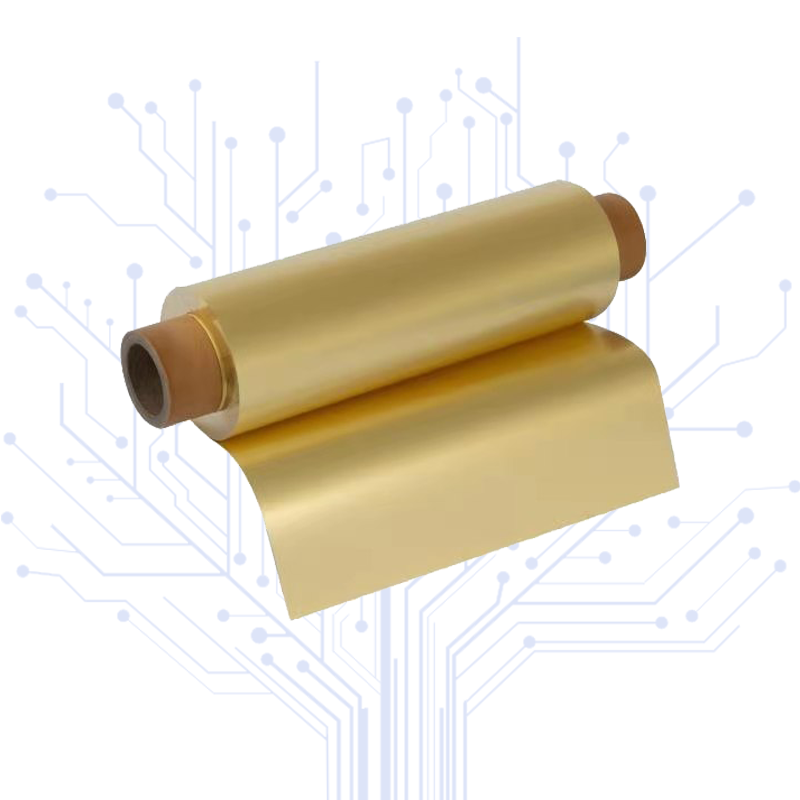
Ga-konge RA Idẹ bankanje
Ga-konge Ejò ati zinc alloy bankanje jẹ ẹya alloy bankanje ni idagbasoke nipasẹCIVEN irin nipa lilo anfanitiwa gbóògì ohun elo. Eyiidẹ bankanje ni ti o ga konge, dara dada pari, ati ki o dara dada aitasera ju ibile yiyiidẹ bankanje.
-
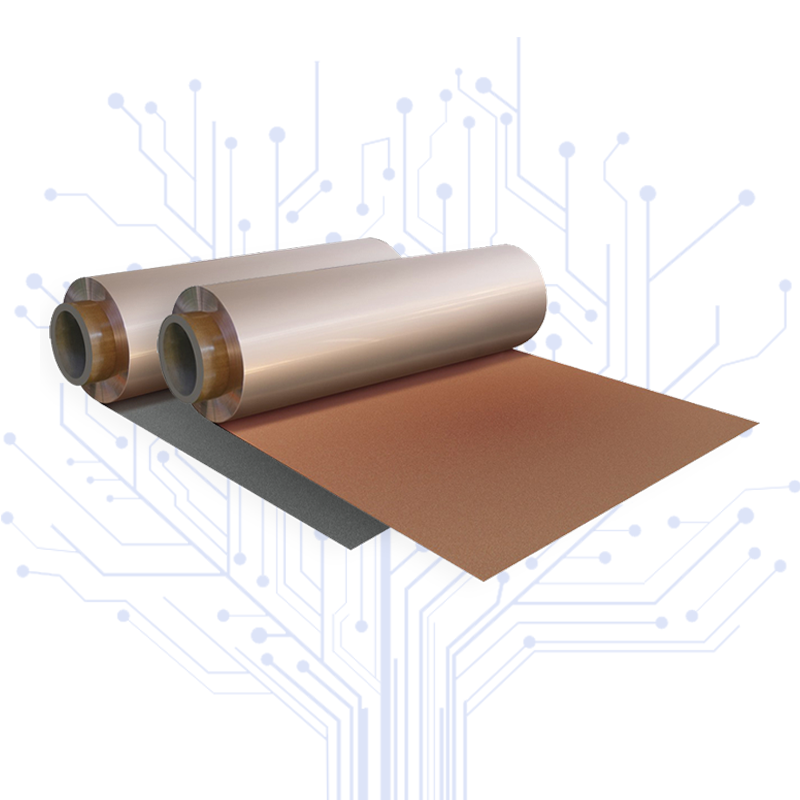
Mu RA Ejò bankanje
Mu RA Ejò bankanje ni kan nikan ẹgbẹ roughened ga konge Ejò bankanje ni ibere lati mu awọn oniwe-Peeli agbara. Awọn roughened dada ti bàbà bankanje fẹran a frosted sojurigindin, eyi ti o mu ki o rọrun lati laminate pẹlu awọn ohun elo miiran ati ki o kere seese lati bó kuro.
-
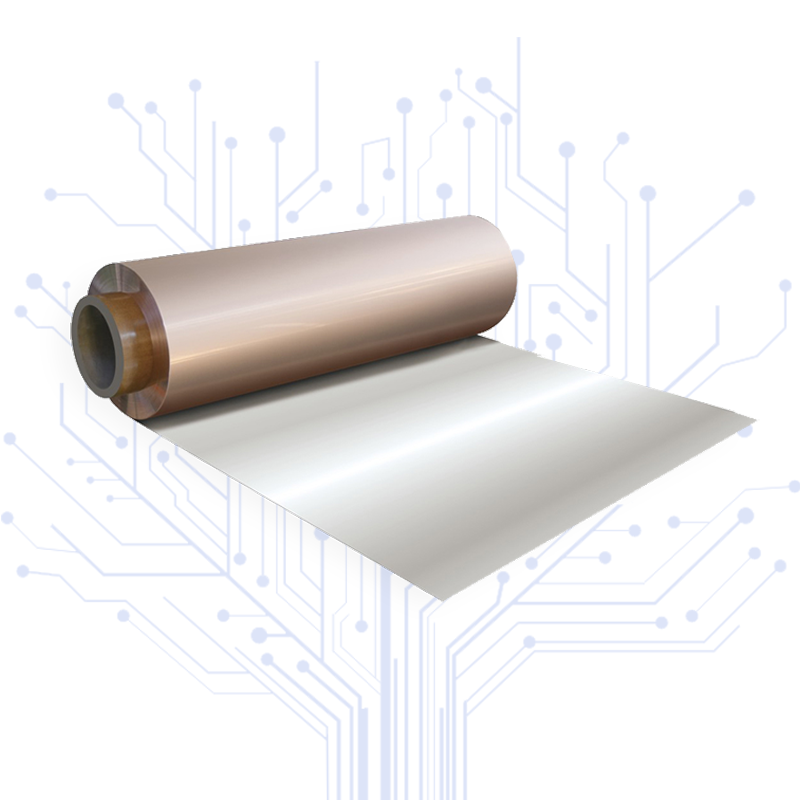
Nickel Palara Ejò bankanje
Nickel irin ni o ni ga iduroṣinṣin ni air, lagbara passivation agbara, o le fẹlẹfẹlẹ kan ti tinrin passivation fiimu ni air, le koju awọn ipata ti alkali ati acids, ki awọn ọja jẹ chemically idurosinsin ni iṣẹ ati ipilẹ ayika, ko rorun lati discolor, le nikan wa ni oxidized loke 600.℃; Layer plating nickel ni ifaramọ to lagbara, ko rọrun lati ṣubu; Layer plating nickel le ṣe dada ti ohun elo le, le mu ọja yiya resistance ati acid ati alkali resistance resistance, ọja yiya resistance, ipata, iṣẹ idena ipata dara julọ.
-
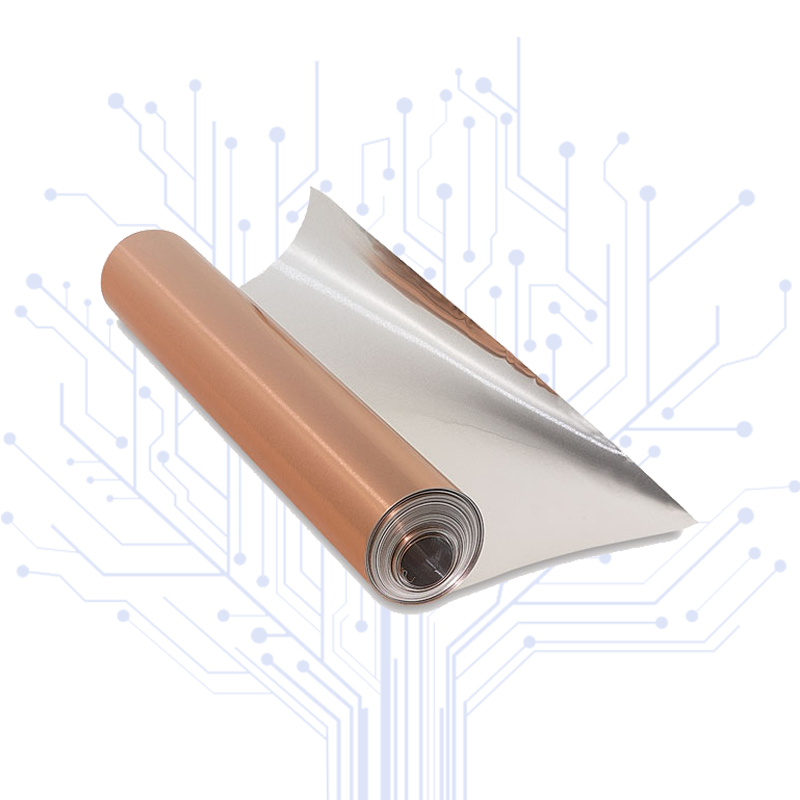
Tin Palara Ejò bankanje
Awọn ọja Ejò ti o han ni afẹfẹ jẹ itara si ifoyina ati dida ipilẹ carbonate bàbà, eyiti o ni resistance giga, elekitiriki ti ko dara ati pipadanu gbigbe agbara giga; lẹhin tin plating, Ejò awọn ọja dagba Tin oloro fiimu ni air nitori awọn ini ti Tinah irin ara lati se siwaju ifoyina.
